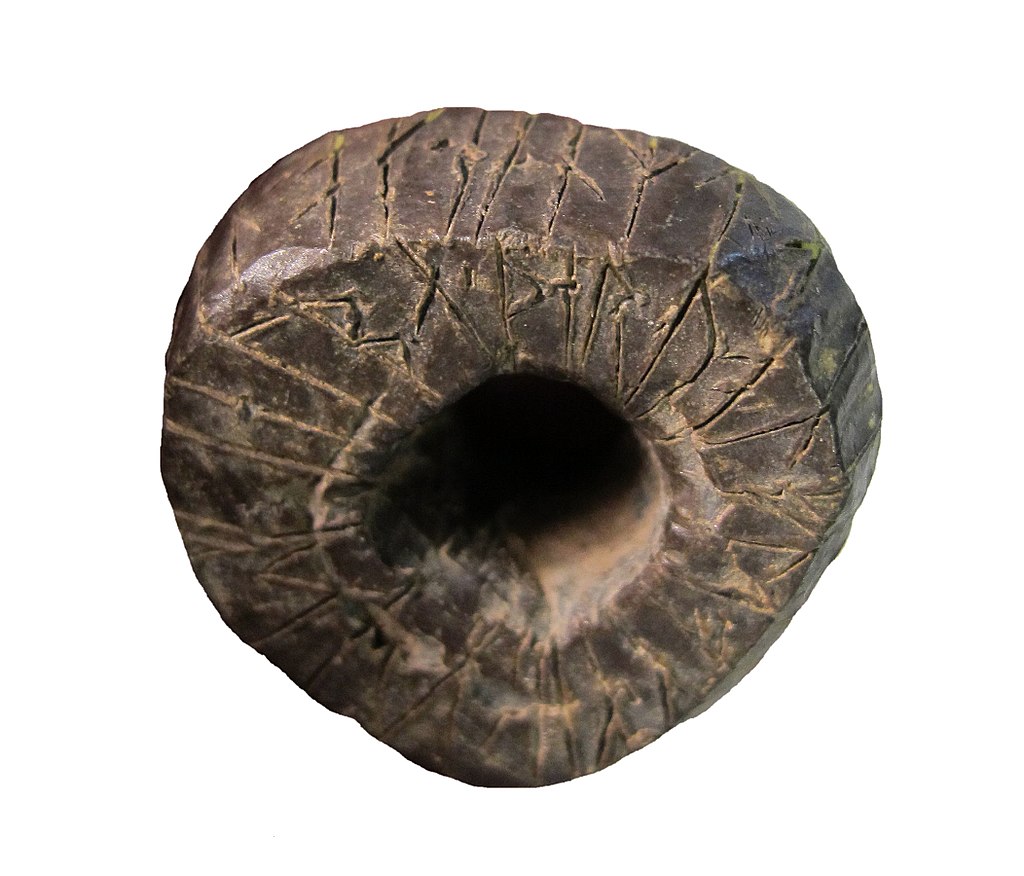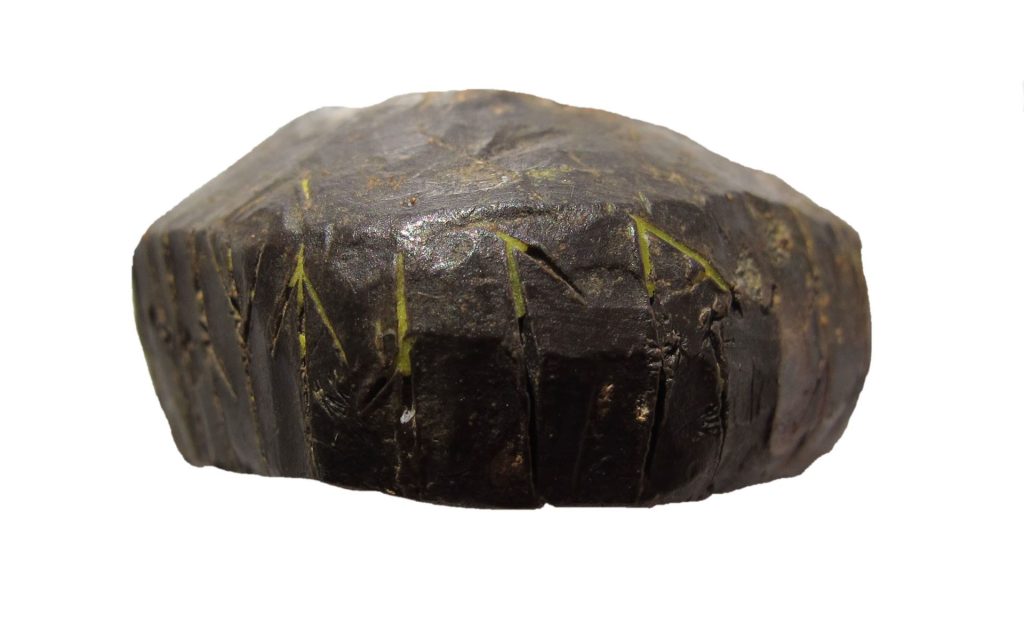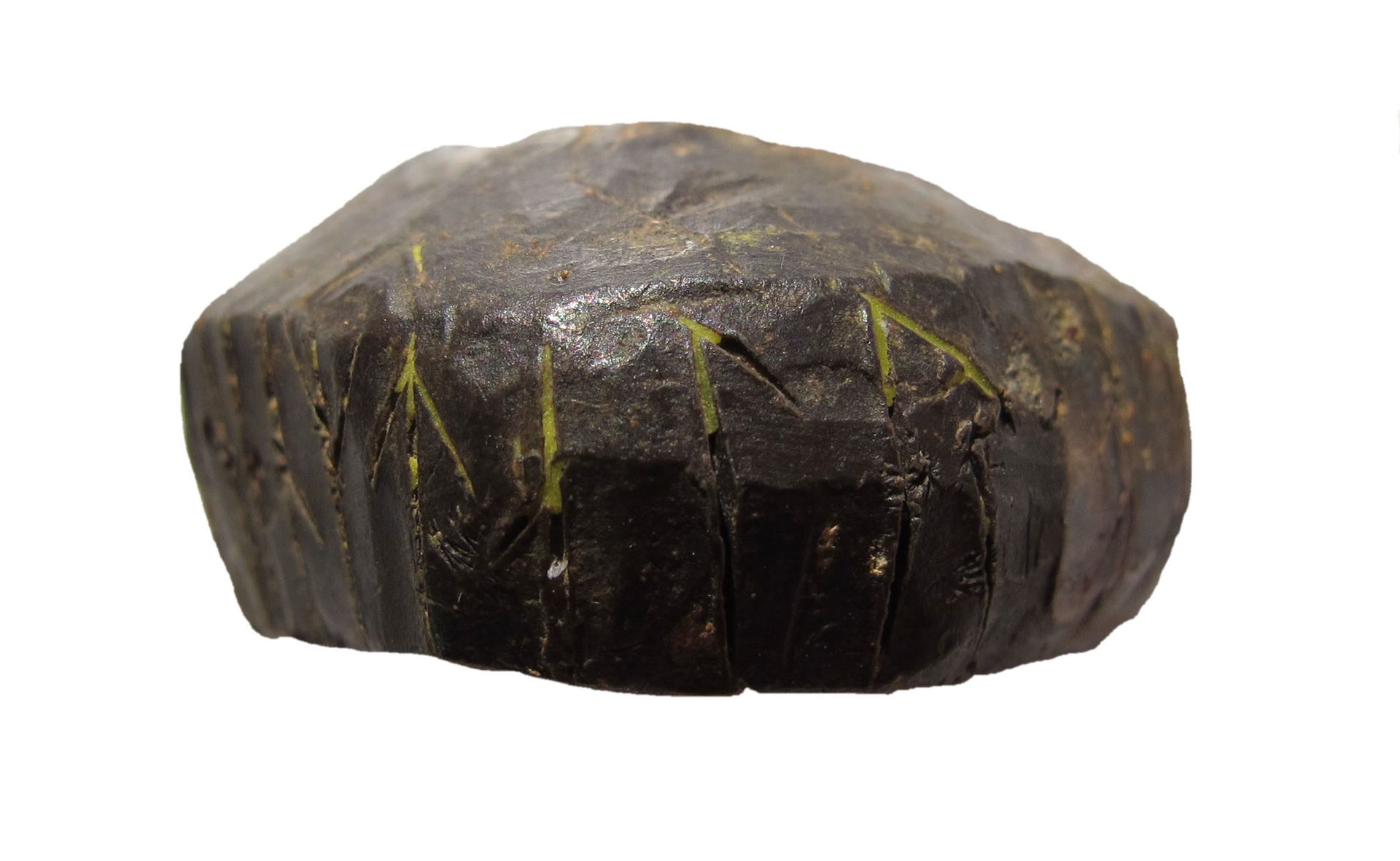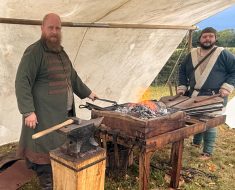A lead spindle whorl inscribed with Norse runes was discovered in Saltfleetby St Clement, Lincolnshire, in 2010.

Dating back to the early 11th century, the whorl weighs 49.8 grams and features a trapezoidal cross-section with an hourglass-shaped hole in the centre.
The inscription, made in two rows, references Óðinn, Heimdallr, and Þjálfa…gods from the Viking pantheon.
This suggests the persistence of pagan beliefs in a North Sea coastal community even during the rise of Christianity. The inscription, though partially obscure, likely offers an invocation of these gods for personal support. The whorl is plano-conical in shape, consistent with designs typical of northern England in the 6th to 10th centuries, but it was still in use in the 11th century.

The presence of Old Norse in this context indicates the linguistic and cultural influences of Scandinavian communities.
The find is particularly important as it highlights the continuation of traditional spiritual practices in everyday items, as well as the influence of Scandinavian literacy through runes during this period.






